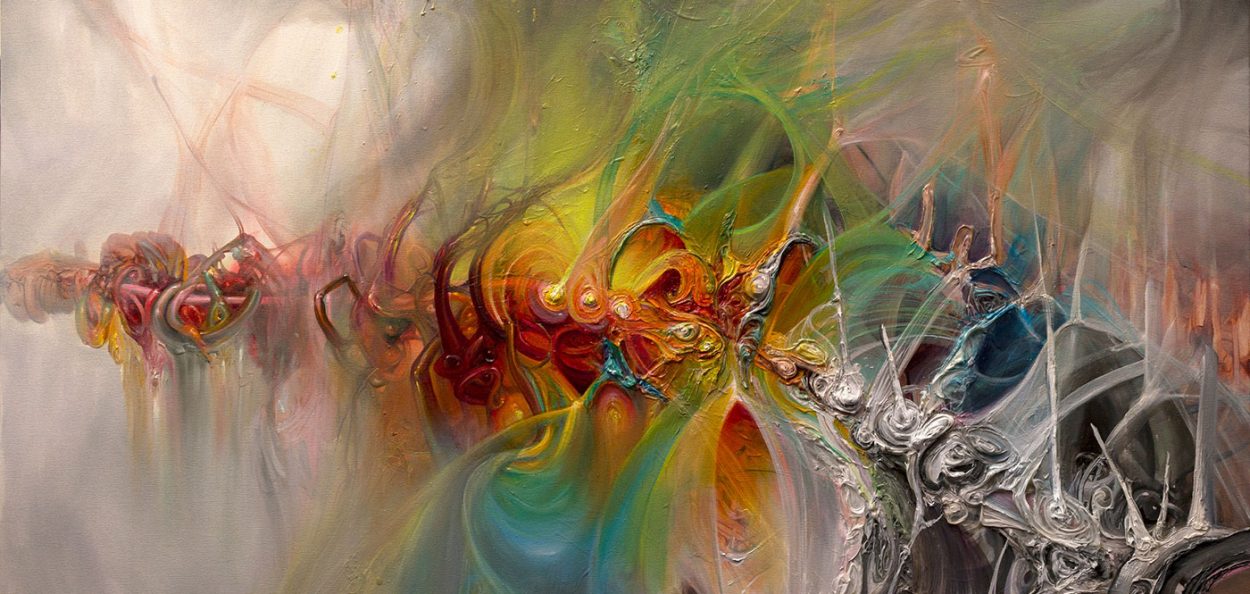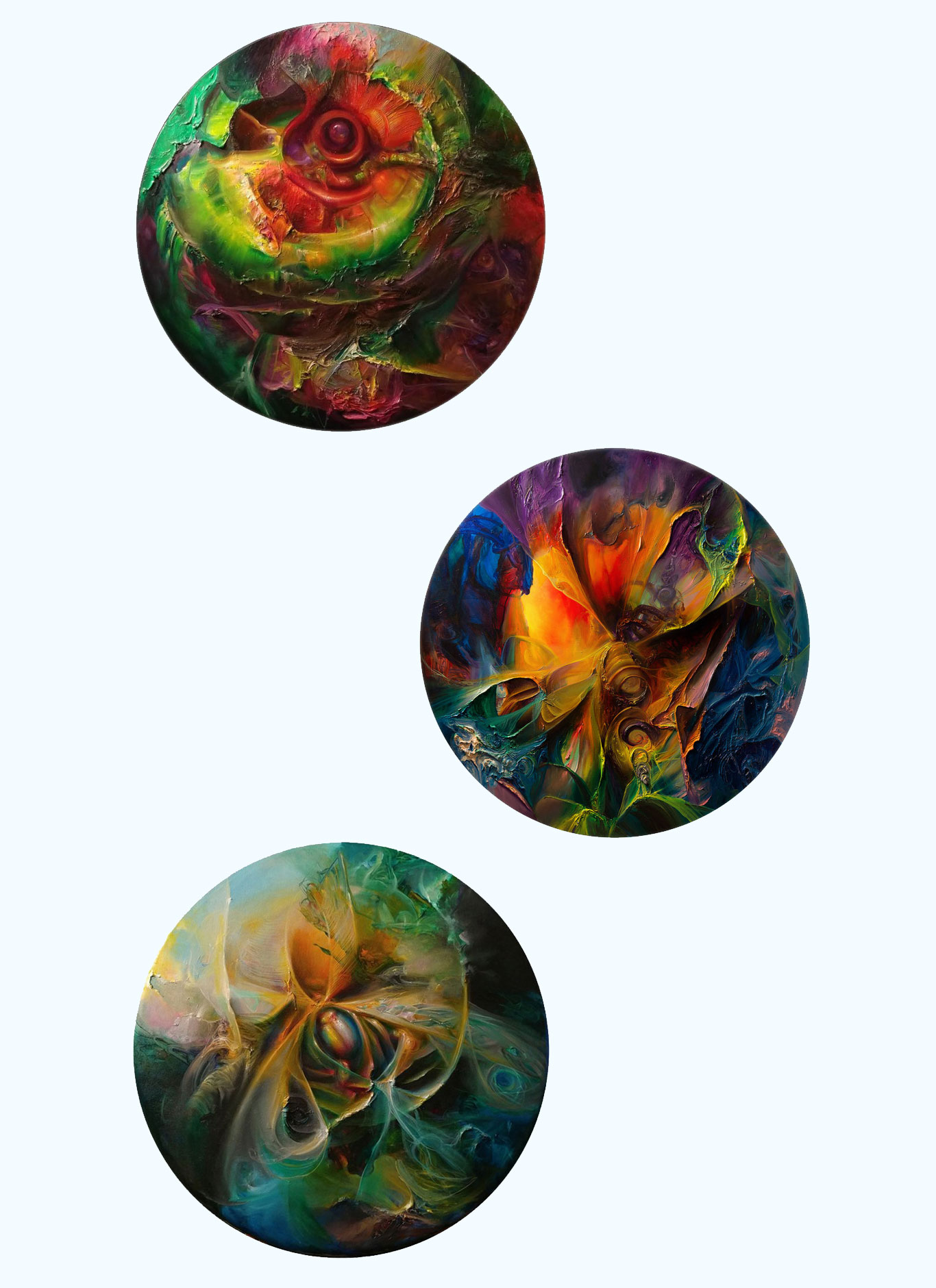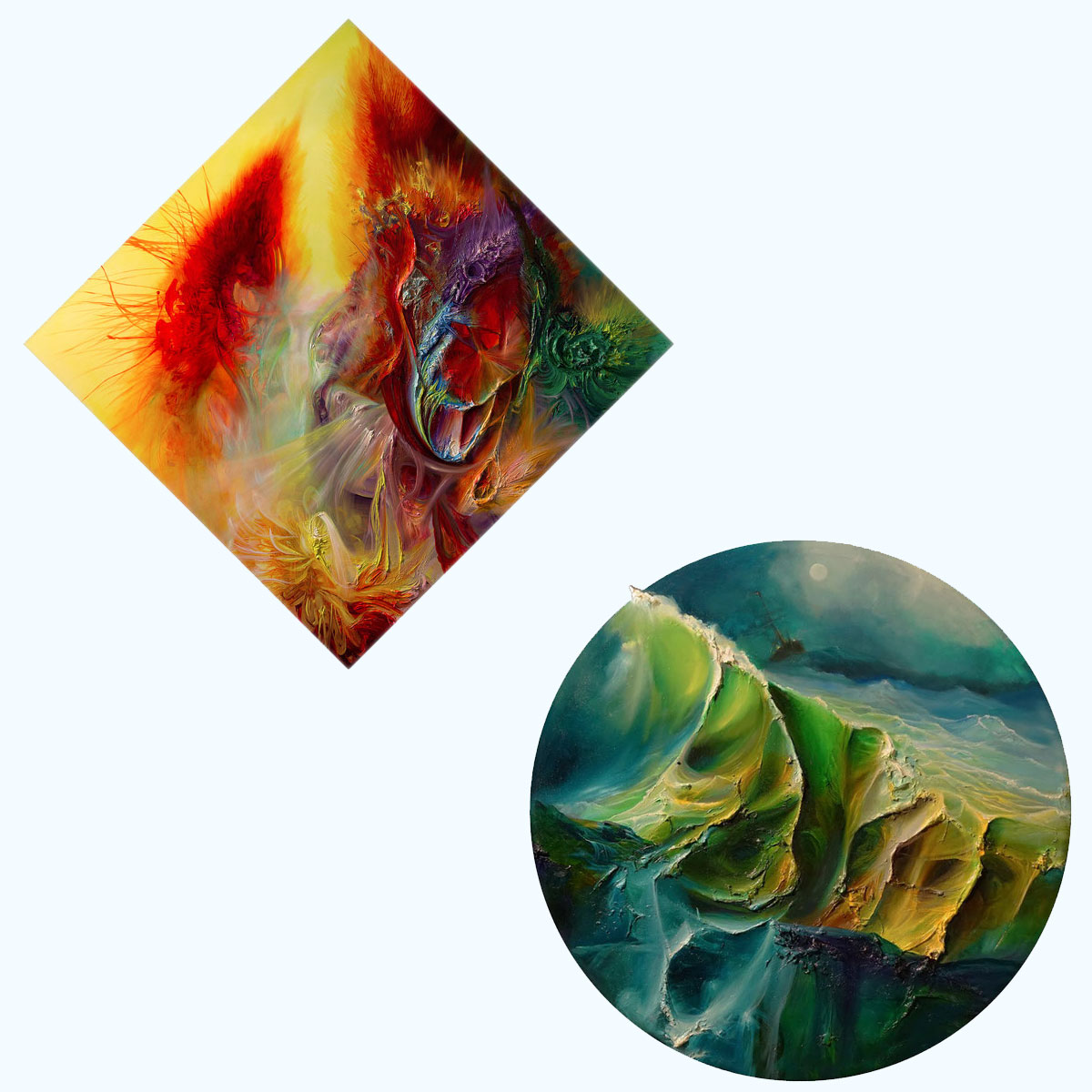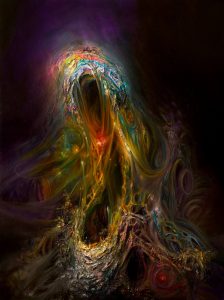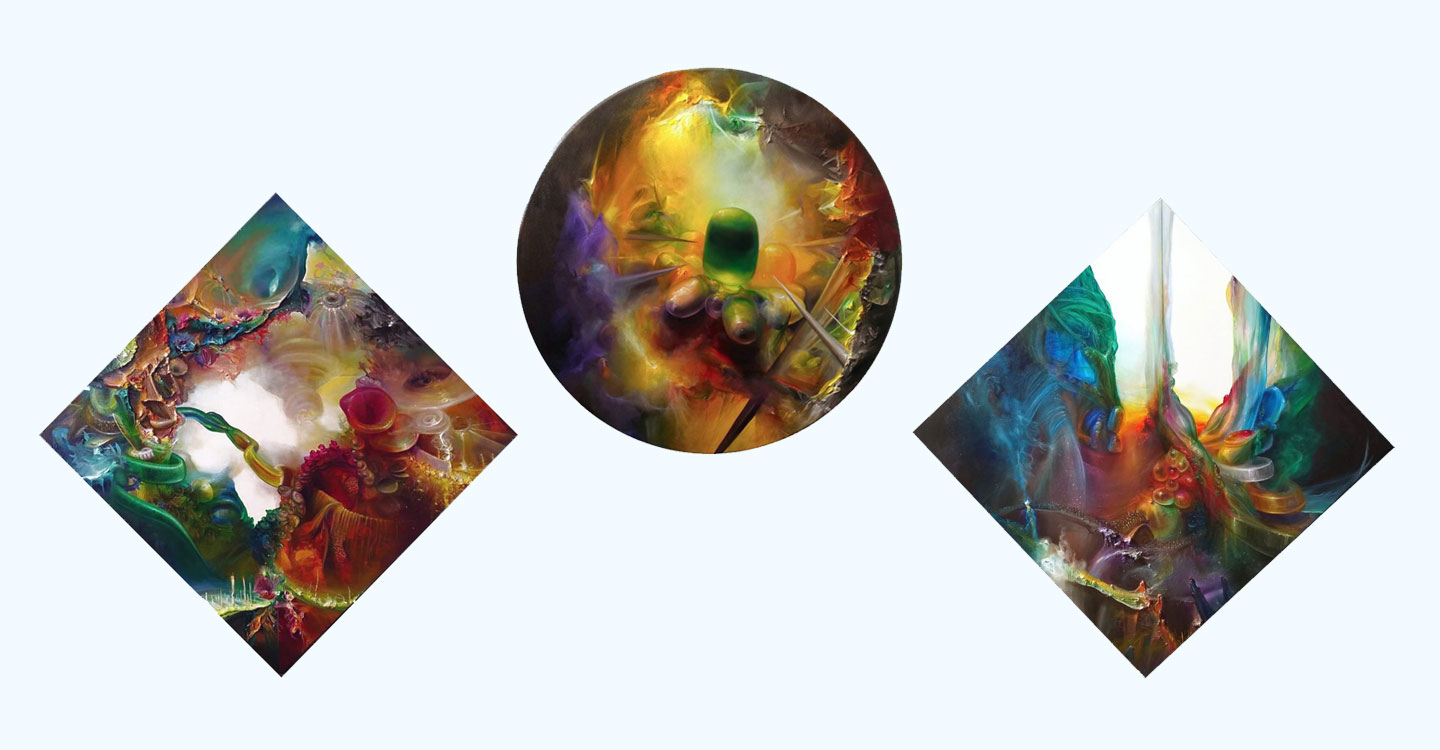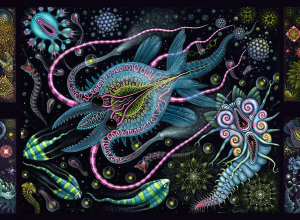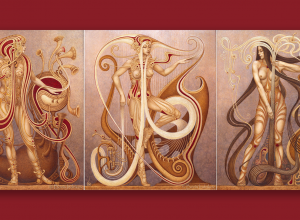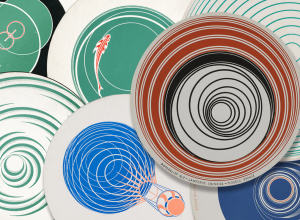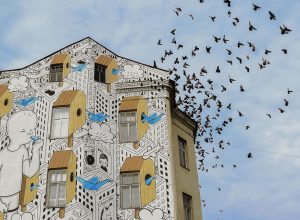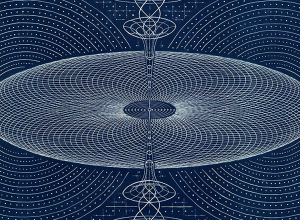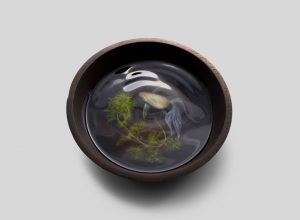“It’s always been there; just now it’s more on a professional level. I highly doubt that any serious artist flips a switch in their head and decides to go for it. Art for me has been with me since the beginning and will leave with me in the end.”
Every artist has their own influences they contribute their inspiration to, and revered figures in art history such as Gustav Klimt and Vincent Van Gogh introduced him to the power of art.
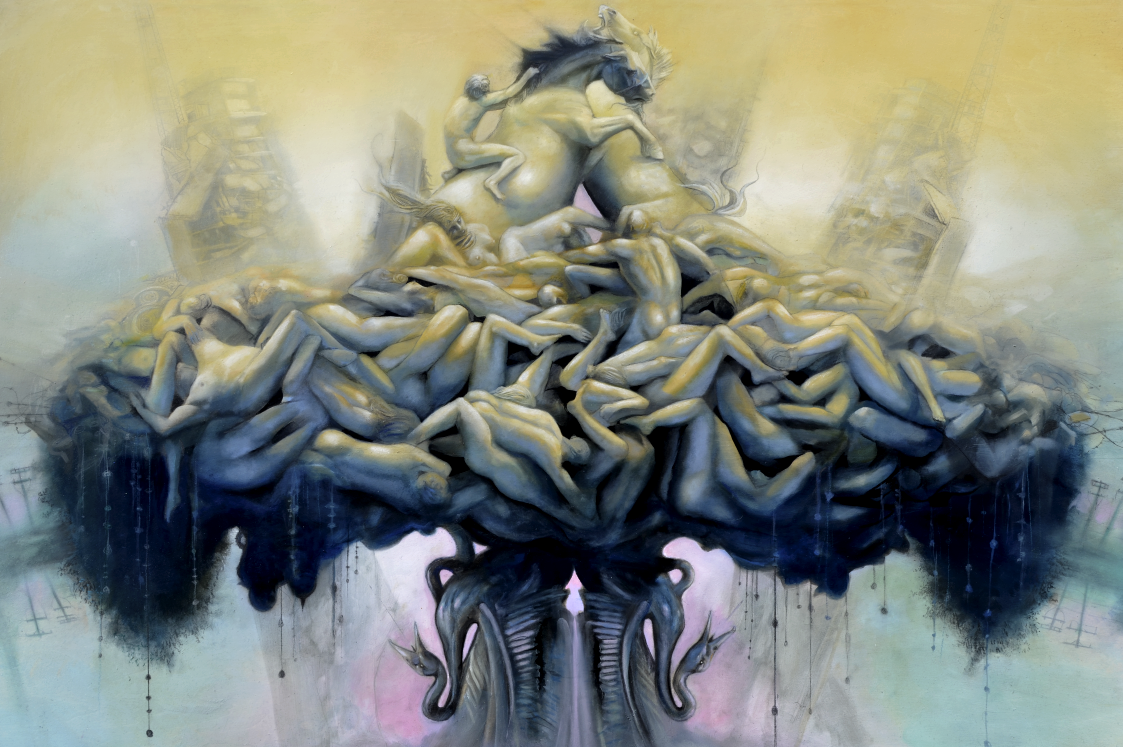
“As I grew more sophisticated it went from Klimt to his brilliant young, Egon Schiele—I loved his dark contorted gaunt figures, I still do. From time to time I end up in Vienna, and I am most eager to see his works out of them all,” said CT. “Out of my contemporaries, it is former Colorado resident Christian Rex Van Minnen, who now has his studio in Brooklyn, NY. He, in a roundabout way, taught me how to come up with the initial start of each of my works. An old master underpainting of a translucent color such as Burnt Sienna and the reduction method to create shapes spontaneously.”
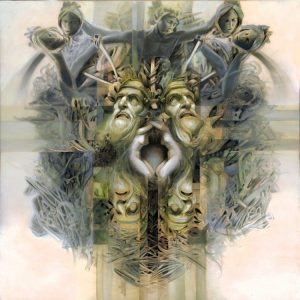
CT’s new works are expressions of natural dynamism, showing the constant motion and changes that happen around us, and catching a universal energy made out of bright colours. His paintings reflect visions of science fiction, hallucinations, and vortex motions, capturing the essence of his subjects and offering a fresh emotional perspective.
The artist aims to refrain from forcing a story to his viewers, instead he prefers that they explore and lose themselves in the piece. It’s a mesmerizing tale of understanding the intent of the artwork, based on the perception of the audience.
